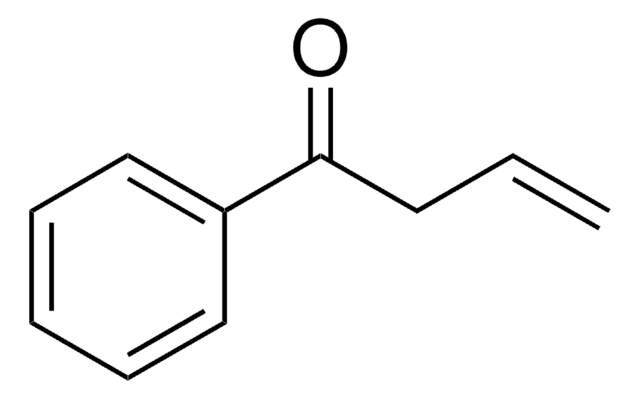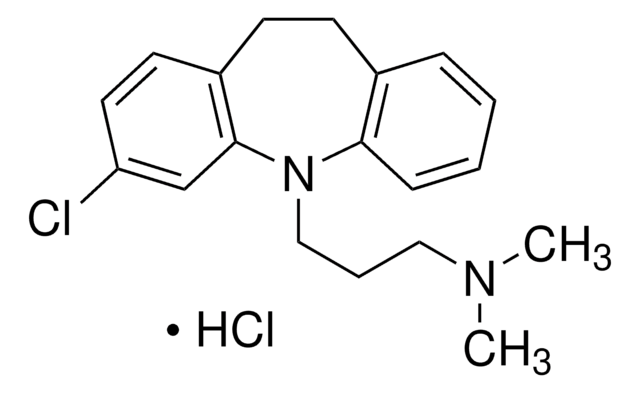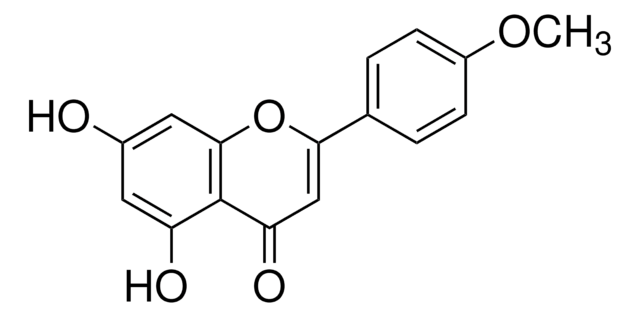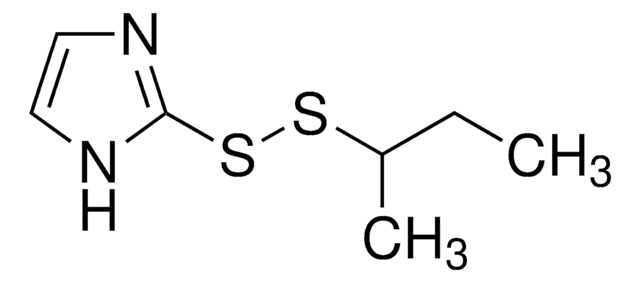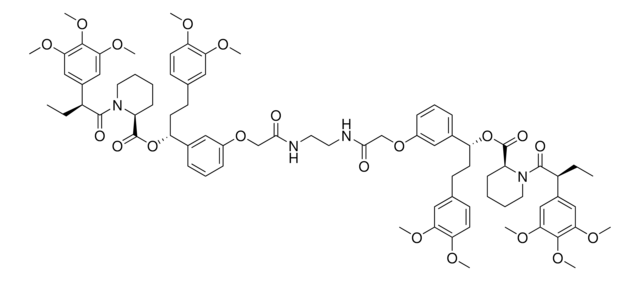Kluczowe dokumenty
I2536
ICI 192605
≥98% (HPLC)
Synonim(y):
(4Z)-rel-, 4(Z)-6-(2-o-chlorophenyl-4-o-hydroxyphenyl-1,3-dioxan-cis-5-yl) hexenoic acid, 4-Hexenoic acid, 6-[(2R,4R,5S)-2-(2-chlorophenyl)-4-(2-hydroxyphenyl)-1,3-dioxan-5-yl]-
About This Item
Polecane produkty
Poziom jakości
Próba
≥98% (HPLC)
Formularz
powder
kolor
white to tan
rozpuszczalność
DMSO: ≥20 mg/mL
inicjator
AstraZeneca
temp. przechowywania
−20°C
ciąg SMILES
OC(=O)CC\C=C/C[C@H]1CO[C@H](O[C@H]1c2ccccc2O)c3ccccc3Cl
InChI
1S/C22H23ClO5/c23-18-11-6-4-9-16(18)22-27-14-15(8-2-1-3-13-20(25)26)21(28-22)17-10-5-7-12-19(17)24/h1-2,4-7,9-12,15,21-22,24H,3,8,13-14H2,(H,25,26)/b2-1-/t15-,21+,22+/m0/s1
Klucz InChI
WHUIENZXNGAHQI-YGPRPMEGSA-N
Działania biochem./fizjol.
Cechy i korzyści
Hasło ostrzegawcze
Warning
Zwroty wskazujące rodzaj zagrożenia
Zwroty wskazujące środki ostrożności
Klasyfikacja zagrożeń
Acute Tox. 4 Oral - Aquatic Acute 1 - Aquatic Chronic 1
Kod klasy składowania
11 - Combustible Solids
Klasa zagrożenia wodnego (WGK)
WGK 3
Temperatura zapłonu (°F)
Not applicable
Temperatura zapłonu (°C)
Not applicable
Wybierz jedną z najnowszych wersji:
Certyfikaty analizy (CoA)
Nie widzisz odpowiedniej wersji?
Jeśli potrzebujesz konkretnej wersji, możesz wyszukać konkretny certyfikat według numeru partii lub serii.
Masz już ten produkt?
Dokumenty związane z niedawno zakupionymi produktami zostały zamieszczone w Bibliotece dokumentów.
Nasz zespół naukowców ma doświadczenie we wszystkich obszarach badań, w tym w naukach przyrodniczych, materiałoznawstwie, syntezie chemicznej, chromatografii, analityce i wielu innych dziedzinach.
Skontaktuj się z zespołem ds. pomocy technicznej



